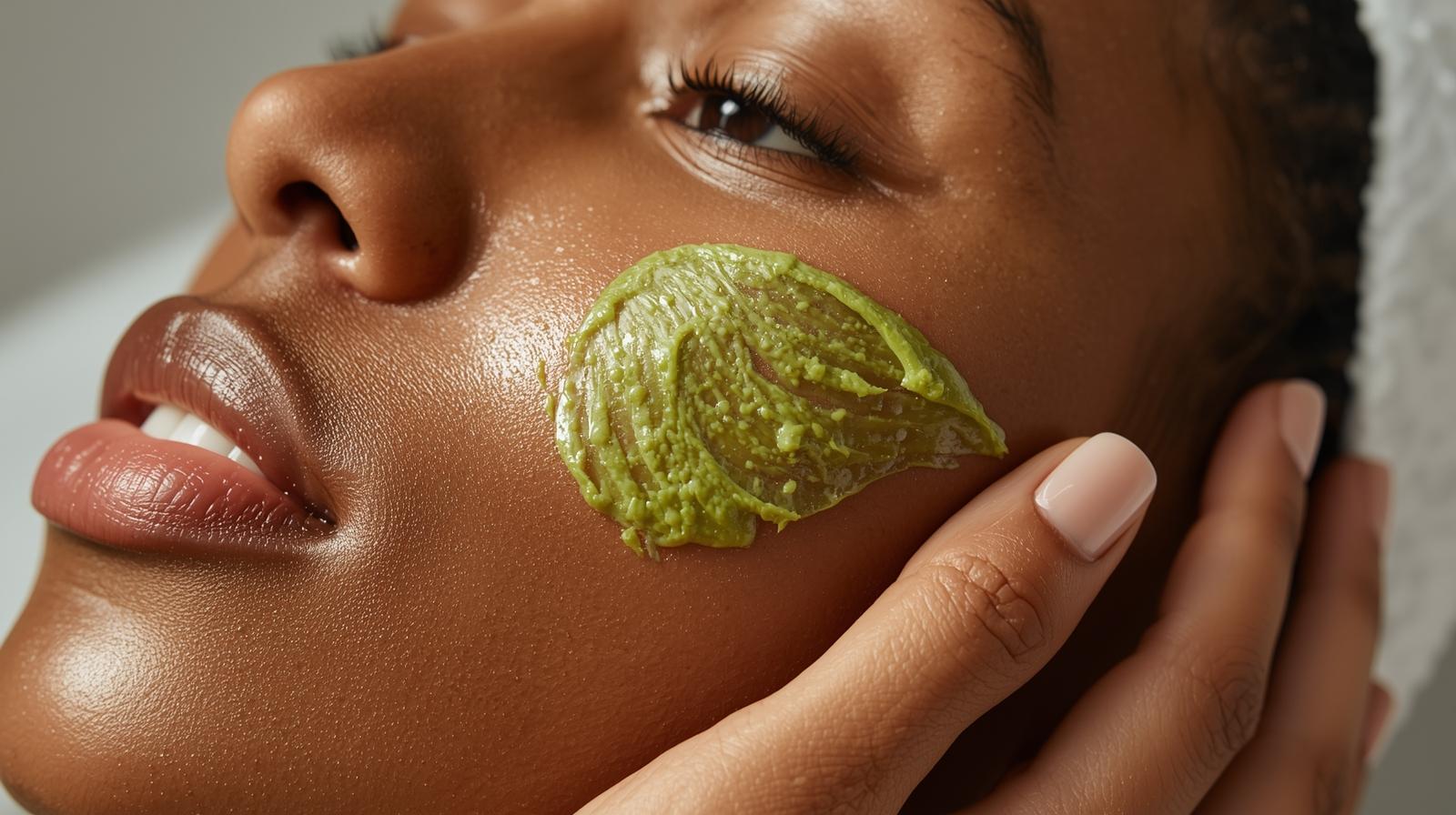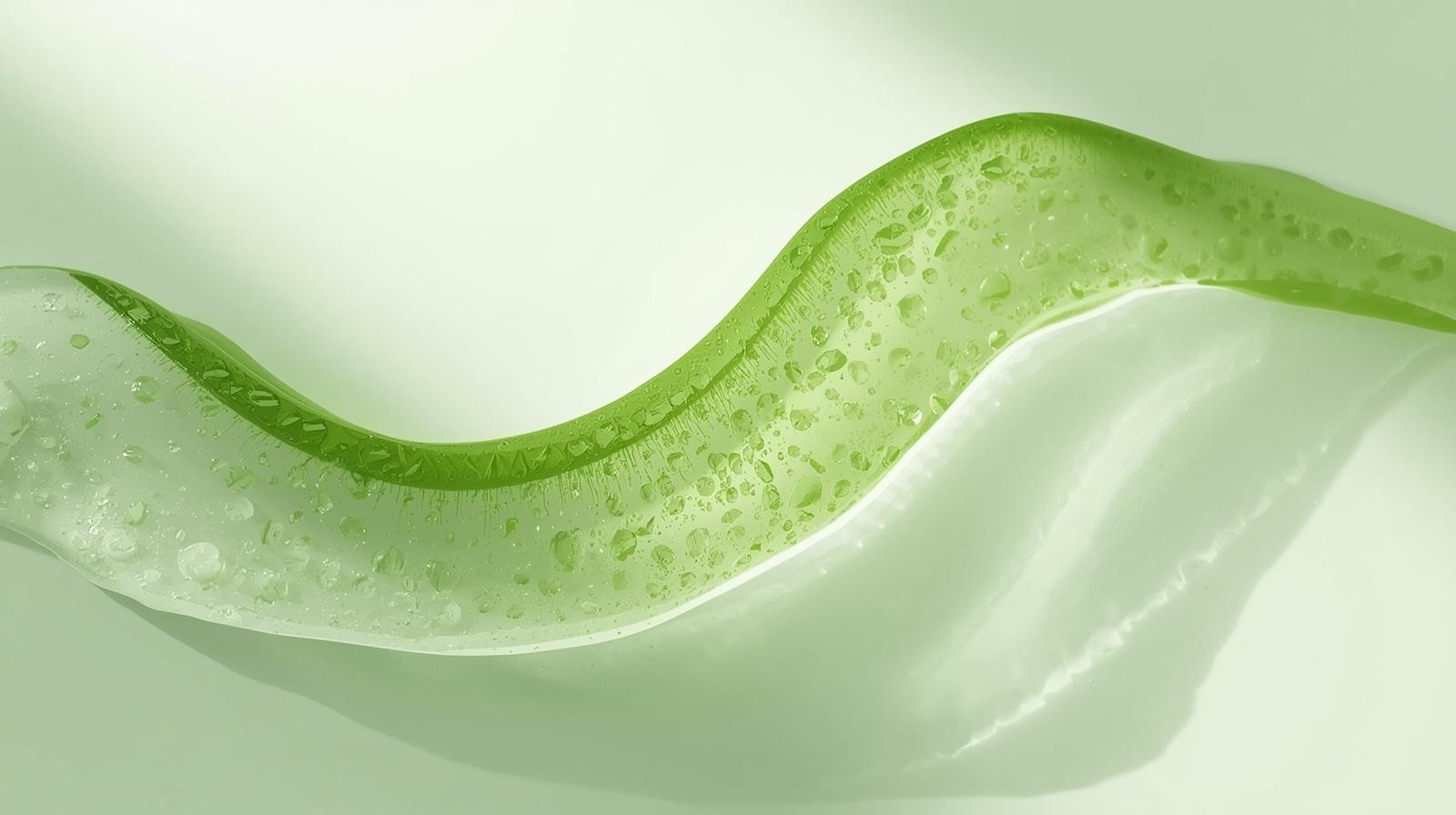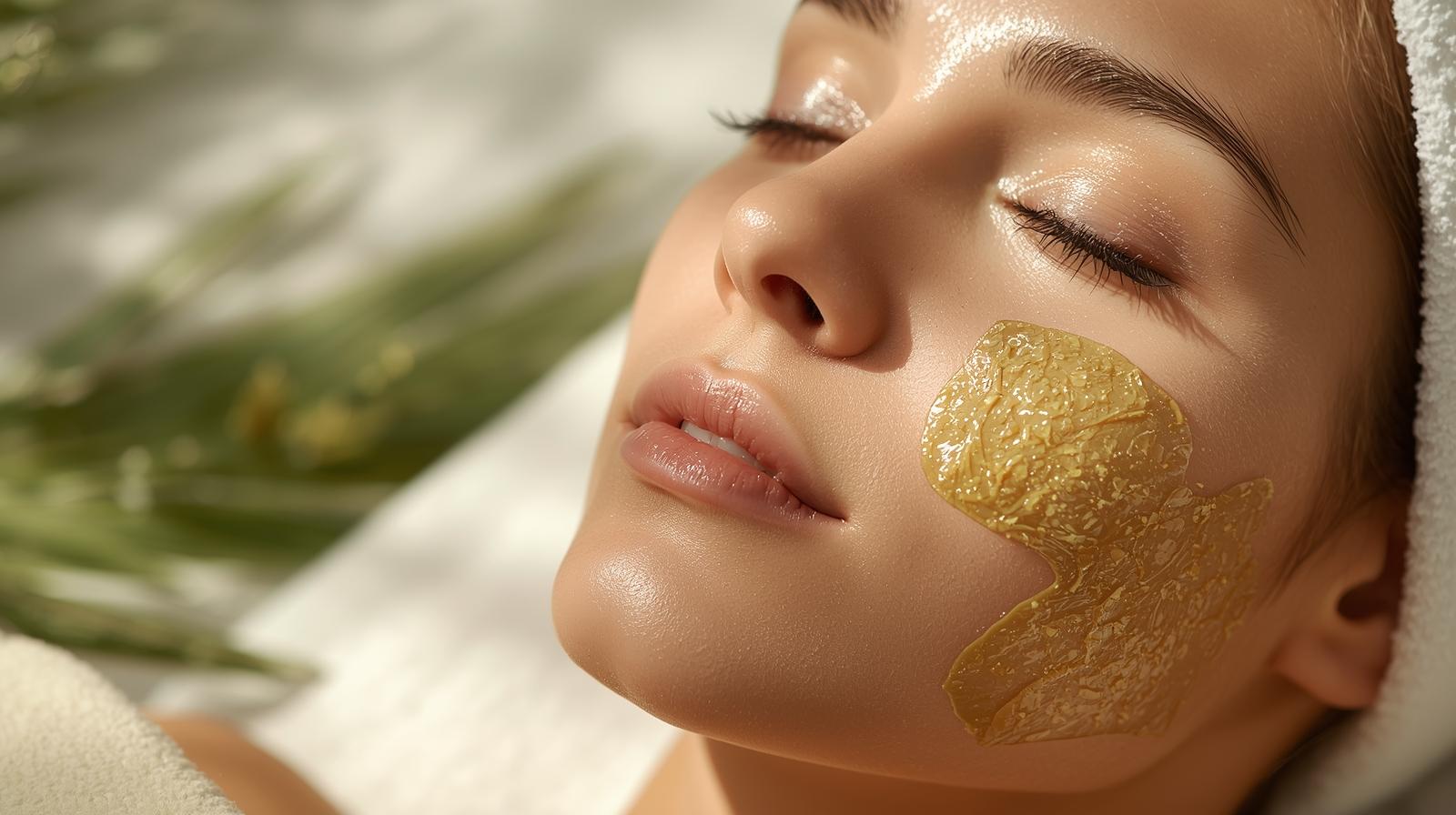Certain medications can increase photosensitivity or affect your treatment. Please inform your provider if you're taking any of the following:
Medications to Discuss:
Antibiotics (especially tetracyclines, fluoroquinolones)
Retinoids (Accutane, Retin-A, tretinoin)
Antifungals (particularly voriconazole)
Diuretics (hydrochlorothiazide)
Diabetes medications (sulfonylureas)
Anti-inflammatory medications (ibuprofen, naproxen)
Important: Do not discontinue any prescribed medications without consulting your doctor. Your laser technician may need to adjust treatment parameters or reschedule based on your medication regimen.




